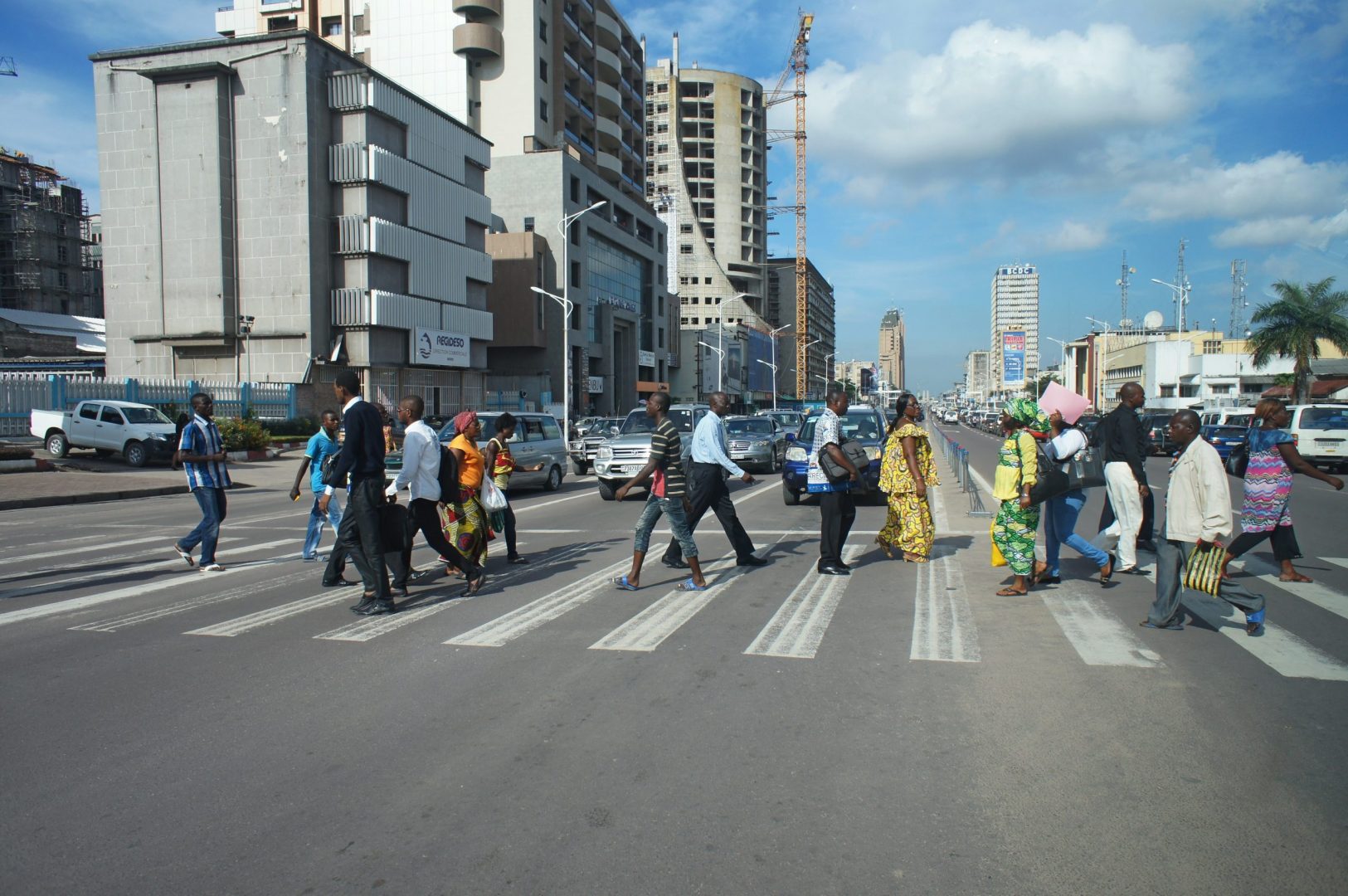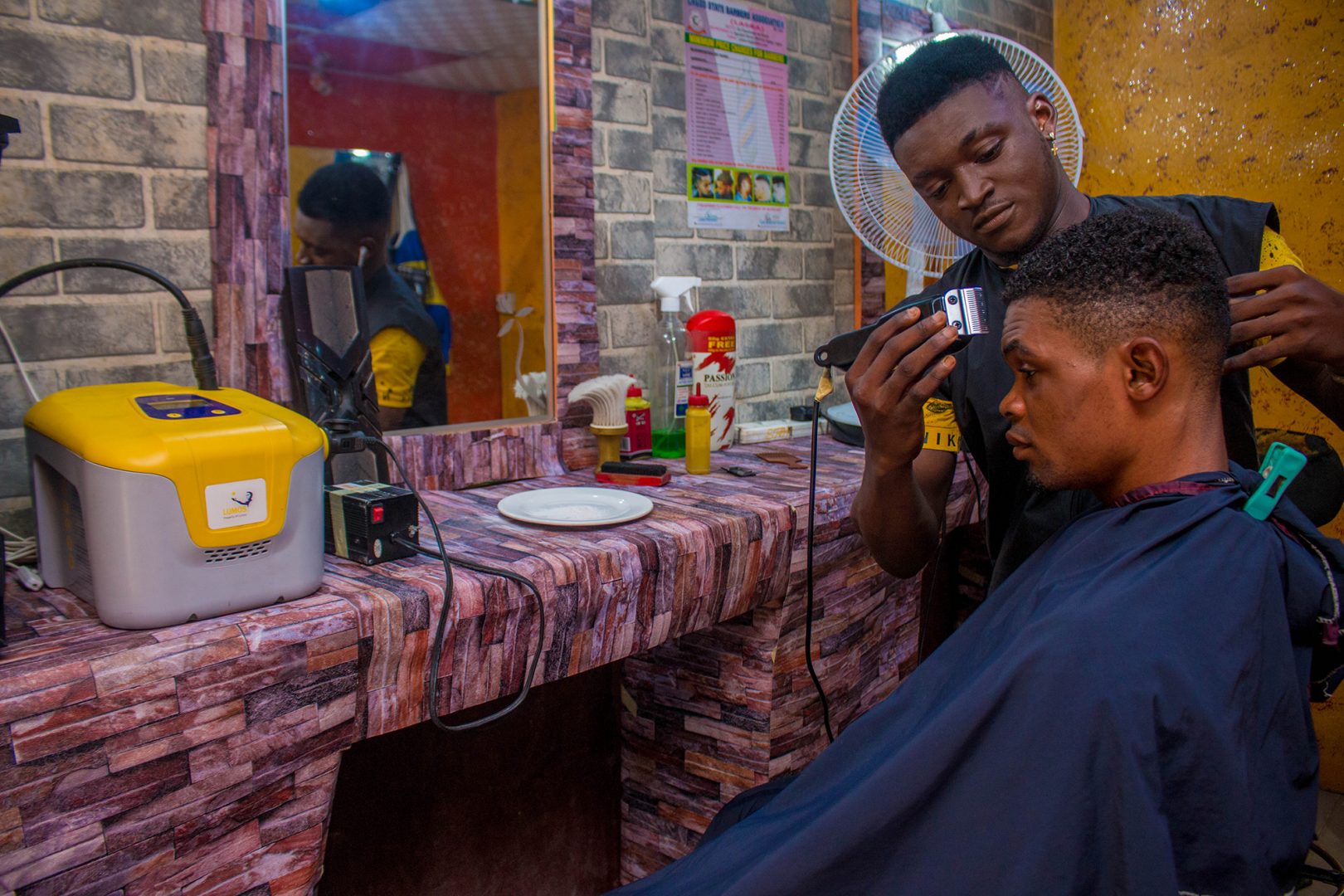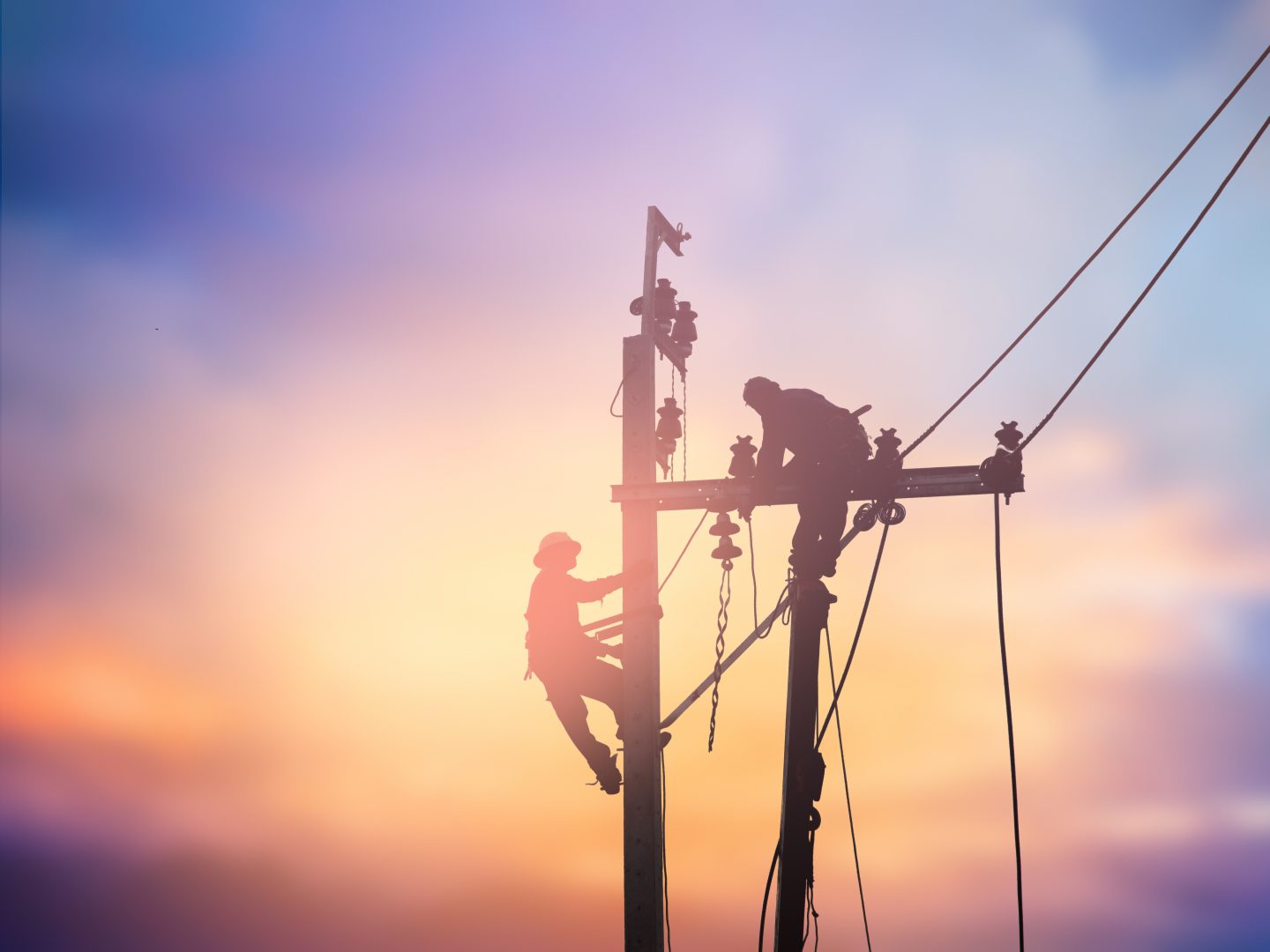“There are now around 10,000 people employed by the electricity network in Uganda”

In 2005, CDC helped to establish Umeme, Uganda’s national electricity distributor, to finance a programme to improve access to reliable electricity for individual and business customers.
When we visited Uganda in 2014 to make this film, the company had more than doubled the number of people with access to electricity in just under 10 years, creating thousands of jobs in the process. Recently, we spoke to Umeme’s Managing Director, Selestino Babungi, to find out what progress has been made since then.
Question: How much progress has been made over the past couple of years to connect more people to the electricity grid?
Selestino Babungi: At the moment, we have 850,000 customers and we are growing at an average of about 20 per cent every year. We are mindful that only about 15 per cent of people in Uganda are connected to the grid, so there’s a lot of room for growth.
We are aiming to double this number over the next four years, so that one and a half million customers can access electricity. This is in line with the Ugandan Government’s plan to have 30 per cent of the Ugandan population connected by 2020.
What are the main challenges you have faced as a major electricity distributor in Africa?
There are a few major challenges we face. Firstly, we find the initial upfront cost is a major obstacle for many customers. To address this, last year we implemented a World Bank scheme, which helped to partially fund this cost. We connected 70,000 new customers under the scheme.
Then there is the cost of extending the network to greenfield areas. The electricity grid in Uganda services the historical urban centres and requires significant investment capital costs for extension to rural areas.
Another challenge is related to electricity demand and supply dynamics. In the first five or six years of operation, supply exceeded demand. Then, in 2011, demand outstripped supply leading to load shedding – this is where there isn’t enough supply to meet demand. Fortunately, the Ugandan Government is continuing to invest in new power generation plants, to ensure supply is always ahead of demand.
Finally, and this is a problem you’ll find in other developing countries as well, there is energy loss through theft and technical losses.
How have you helped to mitigate the challenges of power theft and technical losses?
Our energy losses strategy is two-pronged; we focus on investing in the distribution infrastructure and improving revenue management. We’ve invested over $400 million to improve the quality of the network, introduced meter-reading technology, and rolled out pre-paid meters. As a result, we’ve halved energy losses from 38 per cent to about 19 per cent since we started in 2005.
When we visited Umeme in 2014, the network employed around 5,000 people. how many people does it employ now?
At any one time there are around 10,000 people employed by the electricity network in Uganda. We employ 1,400 people directly and there are also around 5,000 people who work for our contractors. Then, if you look at all of the people with jobs on the grid as a whole – there are roughly 10,000 technicians employed in total.
What are Umeme’s future plans?
One of the key issues for us is matching demand with increased supply. Generation is expected to double over the next five years with the introduction of an additional 1,000MW. So, for us, expanding the grid so this additional energy generated can reach more people across Uganda is a big priority.
We also want to continue to reduce inefficiencies and aim to cut energy losses to 14 per cent.
Lastly, we want to improve access to the electricity grid. We aim for one and a half million customers to be connected to the grid by 2020.









